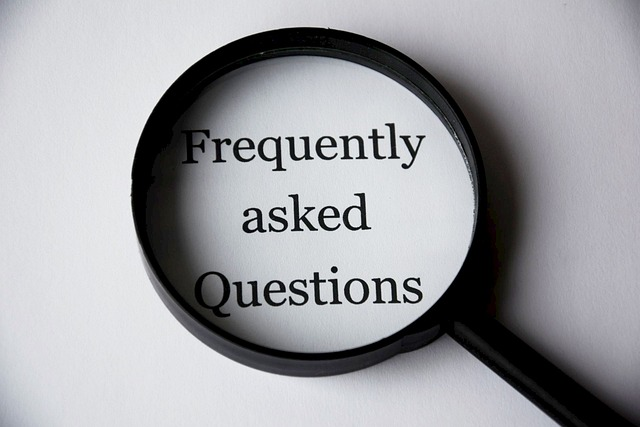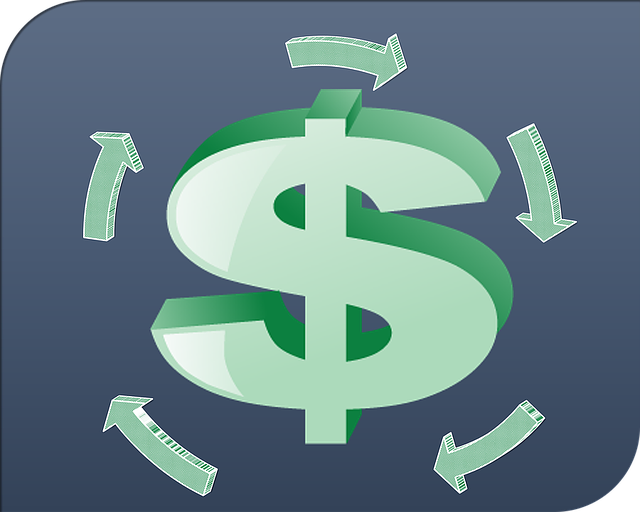What is the Cash Conversion Cycle?

The cash conversion cycle (CCC) is a metric that measures how efficient a company is at converting cash into inventory, then converting that inventory back into cash. It helps companies understand whether they manage working capital and short-term assets effectively.
CCC is measured in the average number of days it takes to convert inventory into cash. It considers inventory turnover, accounts receivable collections, and accounts payable payments to arrive at the final figure.
CCC is also sometimes called the cash cycle or net operating cycle. Businesses use the CCC metric to determine their operating efficiency and identify areas for improvement.
Businesses shouldn’t consider the CCC metric in isolation but rather as one of the overall metrics to measure a company’s performance. It helps compare a company’s performance to similar businesses in the same industry or track its efficiency over time.
What is the Cash Conversion Cycle Formula?

The cash conversion cycle depends on three other working capital metrics that most businesses track. This information is usually available on a company’s financial statements.
The three components of the cash conversion cycle are:
- DIO = Days inventory outstanding (aka days sales of inventory).
- DSO = Days sales outstanding.
- DPO = Days payable outstanding.
The complete formula is:
CCC = DIO+DSO-DPO
Let’s break down the formula into its constituent parts. All formulas are predicated on a fixed term. Most businesses measure it quarterly (90 days) or annually (365 days). For the following examples, we’ll base it on a quarterly term.
When calculating CCC, you must get the following information from financial statements:
- Revenue & cost of goods sold (COGS) from the income statement.
- Inventory at the beginning and end of the term.
- Accounts receivable (A/R) at the beginning and end of the term.
- Accounts payable (A/P) at the beginning and end of the term.
- Number of days in the term (in this case quarterly = 90 days).
Days Inventory Outstanding (DIO)
DIO measures how long (in days) it takes a company to convert inventory into sales. The formula to calculate days inventory outstanding is:
DIO = (Average Inventory ÷ COGS) x 90
Average inventory refers to the average of the inventory (measured in dollars) at the beginning and the end of the quarter. Add the two numbers and divide the sum by 2 to find the average.
Example: The ABC company had a beginning inventory value of $1,500 and an ending inventory of $2,500. So, $1,500 + $2,500 = $4,000. Dividing that in half gives an average inventory of $2,000.
Its COGS was $10,000. The full formula is:
($2,000 ÷ $10,000) x 90 = 18. It took the ABC company an average of 18 days to turn its inventory into sales.
Days Sales Outstanding (DSO)
When a business sells on credit, it issues an invoice to the buyer and logs the transaction as money owed in accounts receivable. DSO measures how long, on average, it takes a business to collect payment on current sales.
The DSO formula is:
DSO = (Average Accounts Receivable ÷ Total Credit Sales) x 90
Like average inventory, you calculate average accounts receivable by adding the begging and ending A/R values and dividing it by two.
Example: The ABC Company had a beginning accounts receivable of $3,600 and ending A/R of $4,000. The average ($7,600/2) is $3,800. During the quarter, it had $25,000 in total credit sales. Its DSO calculation is:
($3,800 ÷ $25,000) x 90 = 13.68. It takes the ABC Company just over 13 days to collect on accounts receivable.
Days Payable Outstanding (DPO)
DPO measures how long it takes, on average, for a business to pay its A/P accounts. That means how long it takes to pay suppliers that provide inventory. The formula is:
DPO = (Average Accounts Payable ÷ COGS) x 90
Again, find the average of A/P using the beginning and ending A/P for the term.
Example: The ABC Company had a beginning A/P of $750 and an ending A/P of $1,250. The average A/P ($2,000/2) was $1,000. We already know the COGS was $10,000. So the formula would be:
($1,000 ÷ $10,000) x 90 = 9. ABC Company pays its A/P accounts on an average of 9 days.
Cash Conversion Cycle Example
Now that we have found the individual components of the formula, we can run an example CCC.
From the examples above, we calculated the following:
DIO = 18
DSO = 13.68
DPO = 9
With these numbers, we can now calculate the cash conversion cycle:
CCC = (DIO) 18 + (DSO) 13.68 – (DPO) 9
CCC= 22.68
That means ABC Company takes an average of 22.68 days to complete the cycle of purchasing inventory and converting it into cash.
Why is the Cash Conversion Cycle important to businesses?

The CCC metric only applies to businesses that maintain inventory for sales. It’s essential for retailers, manufacturers, or other companies in the supply chain that often store goods until sold. Businesses that don’t maintain an inventory of goods, such as service-based businesses, software companies, etc., don’t have to worry about CCC.
For companies where CCC applies, it can provide several useful insights about your business’s performance.
Managing Liquidity
CCC is a good measure of how effectively a company manages liquidity. A low cash conversion cycle indicates healthy liquidity, while a high CCC suggests a company struggles with liquidity, operational capital, and cash flow.
Streamlining Inventory Management
Your cash conversion cycle also indicates how effectively your company manages inventory. A shorter cash conversion cycle means that the company is moving inventory at a quick pace. A high CCC could indicate a company is stocking up too much inventory or holding it too long.
Improving Accounts Receivable Collections
When a business has a high CCC, it should look to the individual components that comprise the metric. If your CCC is elevated because of a high DSO, you’re not getting paid efficiently and should take steps to improve your accounts receivable processes.
Improving Vendor Trade Credit Terms
Since subtracting your DPO is part of the formula, extending the time it takes to pay your A/P improves CCC. Moreover, longer payment terms mean the company holds onto cash longer. It can use that for investing in more inventory. If you need to improve your CCC, you could try getting longer trade credit terms from your vendors, but you should evaluate vendor health when making the request.
Improving Small Business Loan Eligibility
Small business lenders like to see a low CCC, indicating that the business’s cash flow can handle the repayment.
Frequently Asked Questions

Here are the most common questions about the cash conversion cycle.
What is a good Cash Conversion Cycle?
There is no definitive benchmark for a good or bad cash conversion cycle metric. Every business is different, and your CCC could be due to factors like your industry, supply chain, etc.
The average CCC ranges between 22 and 45, but it could be different for other industries. One of the best ways to utilize the CCC metric is to compare similar companies in the same area and industry. If your company’s cash conversion cycle is higher, it means that are ways to improve efficiency.
Another effective strategy is to measure your CCC against previous terms, whether quarter over quarter or year over year. An increasing CCC indicates a decrease in efficiency.
What does a negative Cash Conversion Cycle mean?

Most businesses have a positive cash conversion cycle, but it is possible to get a negative number. This usually indicates that a company is selling its inventory and collecting customer payments before paying its suppliers.
A negative CCC is mainly associated with highly efficient online retailers. One of the most cited examples is Amazon. Since many of the products on its platform are sold by third-party sellers, it doesn’t hold that physical inventory. Meanwhile, it doesn’t pay those sellers immediately, usually holding onto that liquidity for longer without holding onto inventory.
How can my business improve the Cash Conversion Cycle?
Decreasing your CCC involves improving one of the components of the formula.
DIO: Decreasing your DIO will decrease the CCC. To do this, your business must sell its inventory faster. This could mean improving sales techniques or inventory management so you aren’t holding onto inventory stockpiles longer than needed.
DSO: Decreasing your DSO will also decrease the CCC. Some strategies to improve A/R payments include automated invoicing and payment reminders, improving customer credit criteria, and offering shorter credit terms to improve cash collection.
DPO: Increasing your DPO will decrease your CCC. Your business can try to negotiate longer credit terms with vendors. You can also try delaying payments until the due date.
However, the longer you take to pay vendors, the more their CCC increases. You should balance increasing DPO with maintaining a positive relationship with your vendors and suppliers.
Understanding the Cash Conversion Cycle – Final Thoughts

The cash conversion cycle measures the operational efficiency of businesses that buy and sell inventory. It attempts to estimate how long each net input dollar is tied up in sales and production before getting converted into cash. A low CCC indicates operational efficiency and good liquidity, while a higher CCC indicates it takes longer to generate cash, which can pose a liquidity risk.
CCC is best used with other financial metrics to determine a company’s overall financial performance. It’s an excellent way to compare a business to similar companies or track its efficiency over time.
Contact us if you have more questions on the cash conversion cycle or want to apply for a small business loan. Our loan experts can help you find the best funding solutions to improve operational efficiency.













